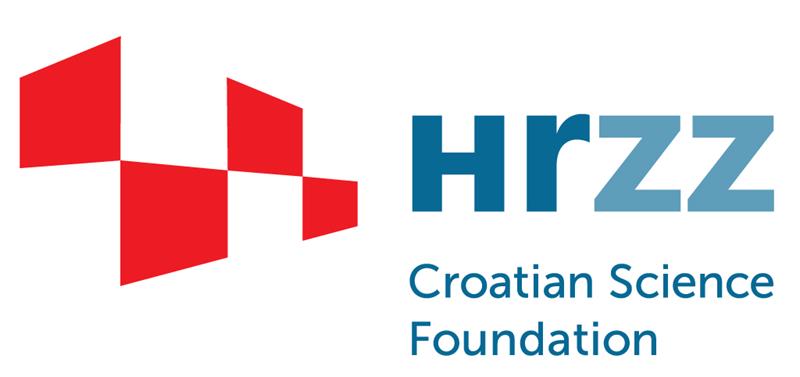
Grantor: Croatian Science Foundation
Grantor’s website: https://hrzz.hr/en/
Project ID: IP-2022-10-2324
Project duration: 29 December 2023 – 28 December 2027
Total funding: 199.064,31 EUR
Principal investigator: Assoc. Prof. Vanda Juranić Lisnić, PhD
Research team
Prof. Jelena Tomac, MD, PhD – Department of Histology and Embryology
Postdoctoral Researcher Marija Mazor, PhD – Centre for Proteomics
Postdoctoral Researcher Jelena Železnjak, PhD – Centre for Proteomics
Teaching Assistant Magdalena Medved, M.Sc. – Centre for Proteomics
Brief description
Viral infections strongly influence our lives and health, and there is hardly any better proof of this claim than the recent COVID-19 pandemic. But pandemic viruses come and go while herpesviruses, latent viruses with impressive immunoevasive abilities, remain with us for life. Human cytomegalovirus (HCMV) is a widespread virus that infects the majority of the human population, including women of reproductive age. It is a major cause of virally induced developmental disabilities, a potential etiological factor in early pregnancy loss through unknown mechanisms, and a major opportunistic pathogen in immunologically suppressed patients. We have previously performed a first in-depth analysis of the pathogenesis of CMV in the ovaries (Tomac et al., 2021, Immunity). Utilizing murine CMV (MCMV) infection of mice as a model system for studying HCMV disease, we have demonstrated that CMV strongly infects the ovaries and especially corpora lutea, temporary endocrine structures within the ovaries that are a major source of the hormone progesterone. This strong infection of corpora lutea resulted in severely diminished serum progesterone levels due to decreased synthesis and increased degradation of progesterone. Progesterone is central to pregnancy maintenance, so this deficiency resulted in a significant drop in pregnancy success following infection. We have thus provided the first experimentally verified mechanism of how acute CMV infection can lead to pregnancy loss. However, pregnancy loss is not nearly as devastating as a potential loss of fertility due to viral replication and immune response within the ovaries. It has already been demonstrated that viral infections that cause infertility in humans or experimental animals are associated with infection of the follicular granulosa cells in the ovaries. We showed that follicles, structures that house and protect female sex cells (oocytes), resist CMV infection by utilizing several anatomical and immunological barriers, thereby safeguarding the fertility of the host. Among several immune barriers preserving fertility during CMV infection, interferon type I and innate immune cells, natural killer (NK) cells, and macrophages played a significant role.
NK cells and ILC1 are abundant and have essential roles in the uterus, especially during pregnancy. Indeed, aberrant NK cell numbers and function have been found in a number of clinical conditions affecting reproductive organs and reproductive failure: recurrent pregnancy loss, pre-eclampsia, and increased incidence of endometriosis as well as uterine and ovarian. In mice, NK cell-deficient mice produce smaller litters. Similar to other tissue-resident NK cells and ILCs1, those from the uterus display distinctive subsets, phenotypes, and functionality. Interestingly, almost nothing is known about NK cells in the ovaries of either humans or animals, in healthy tissues, or during disease. Therefore, ovarian ILC1 and NK cells are this project’s primary focus.
